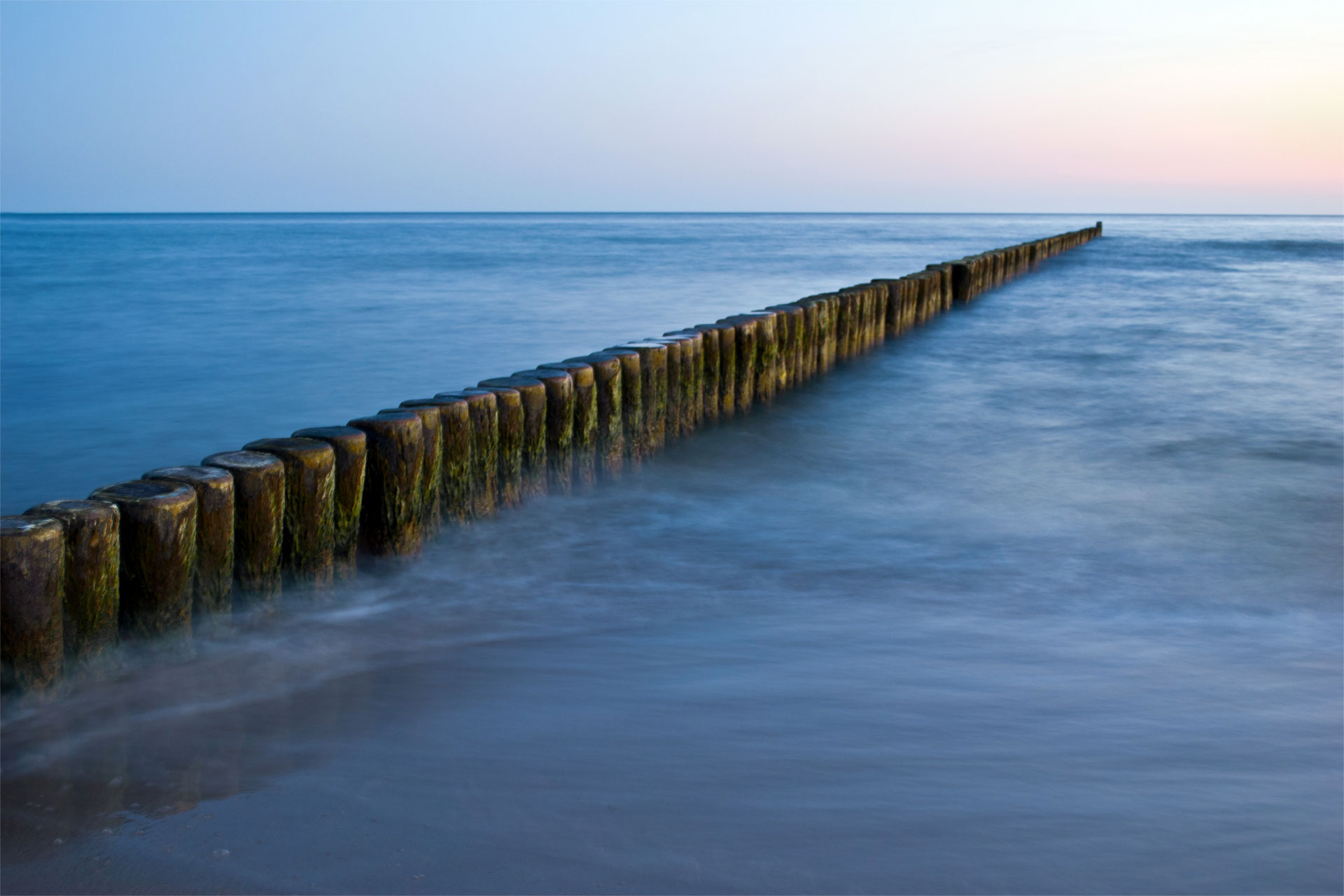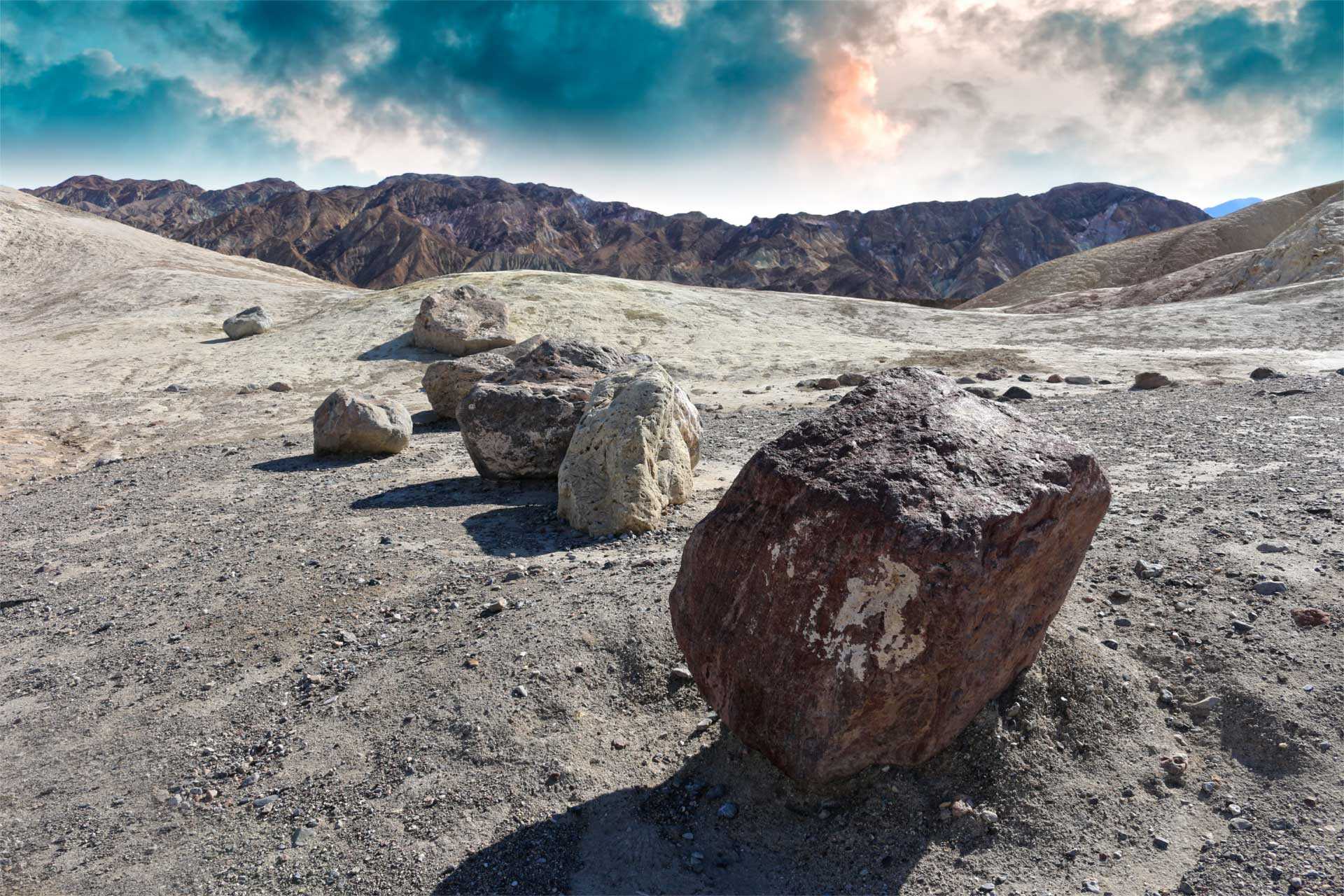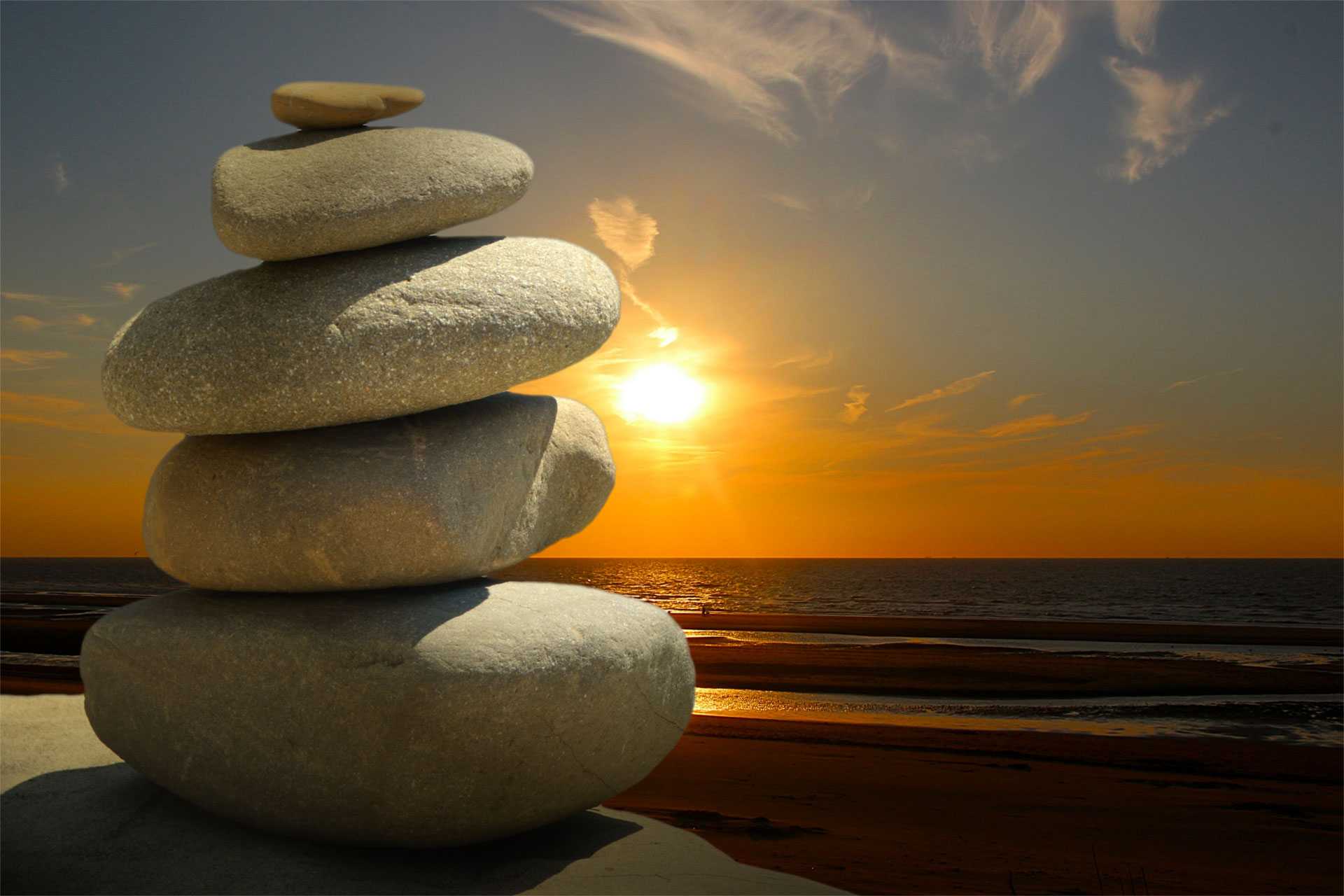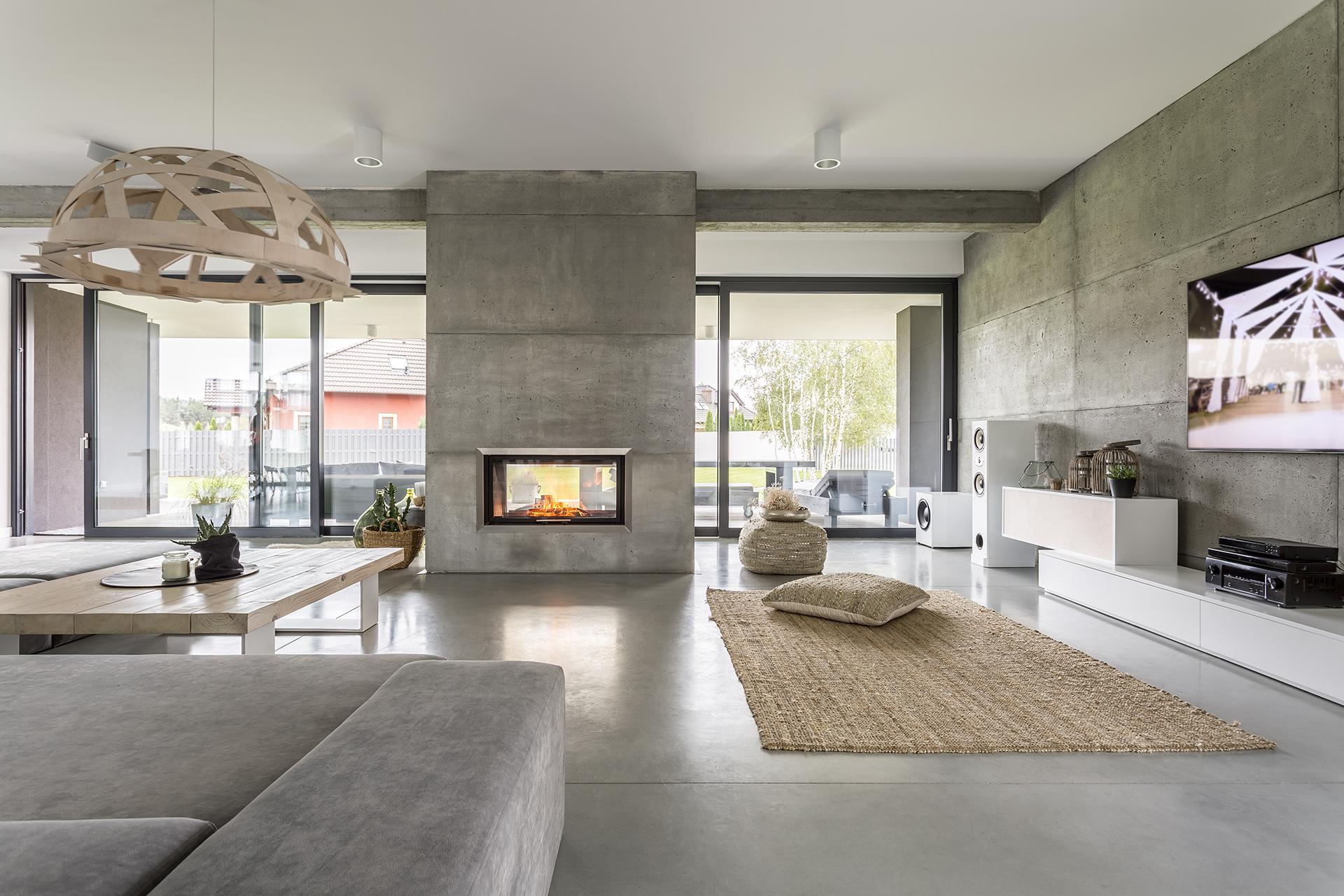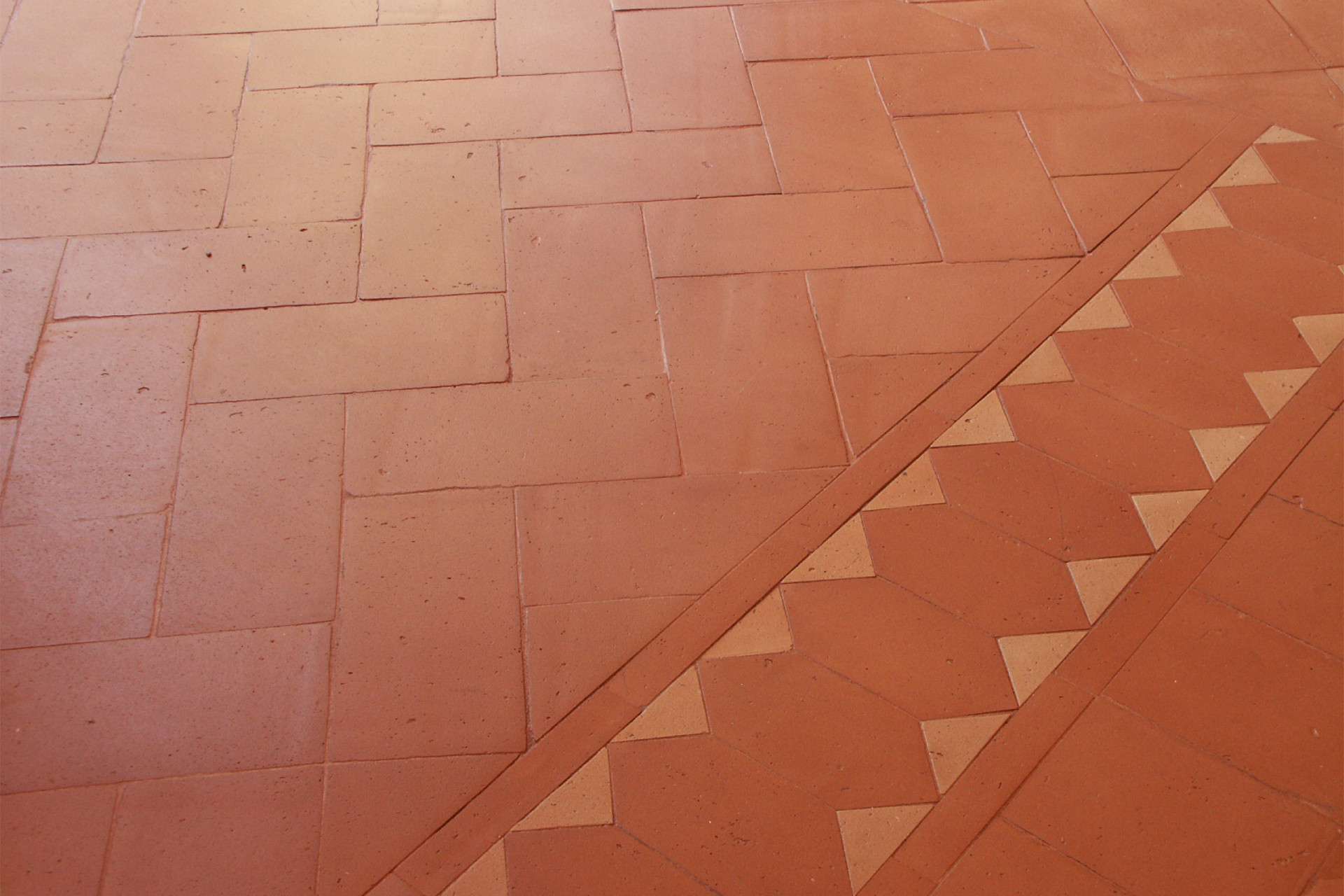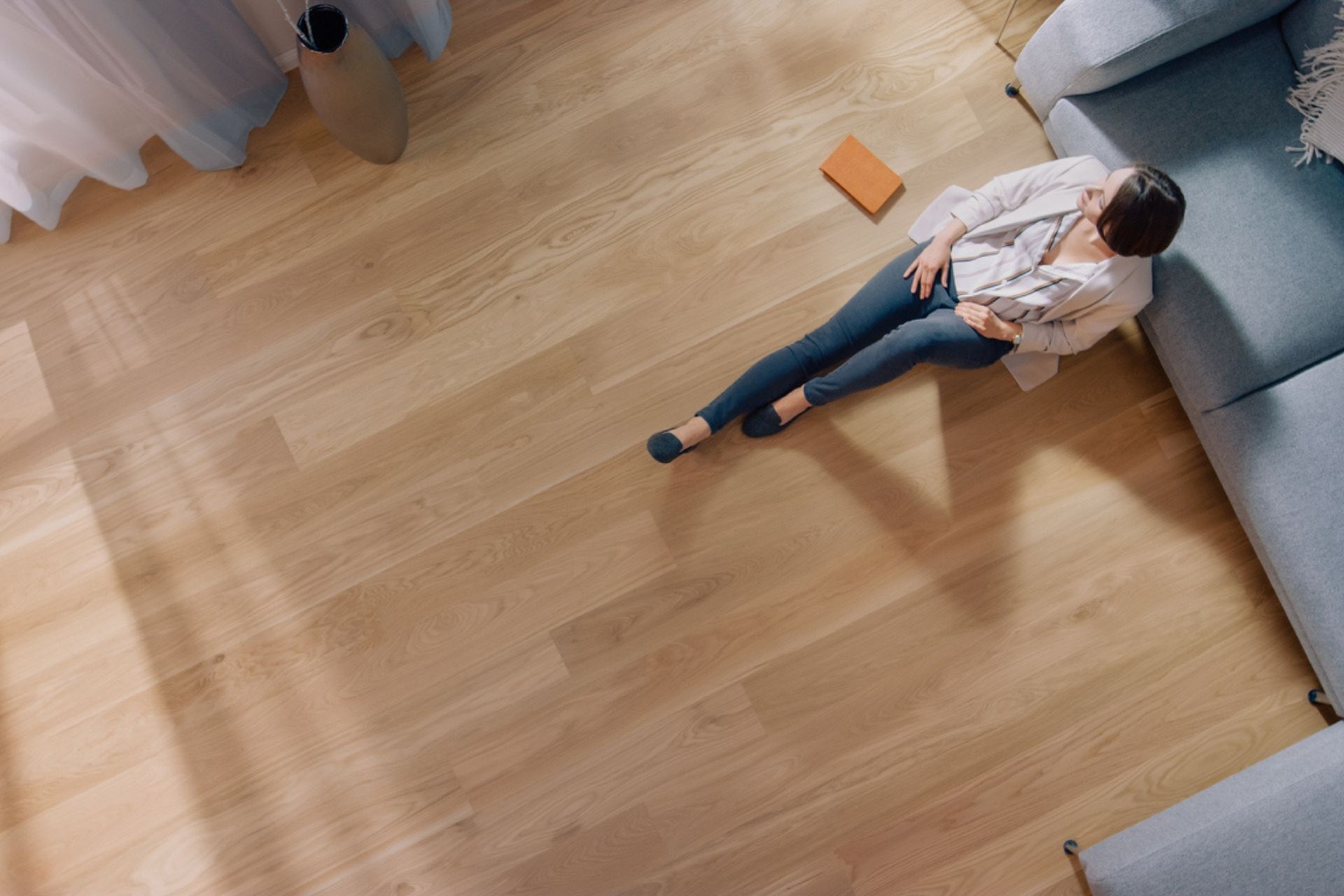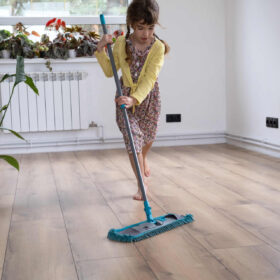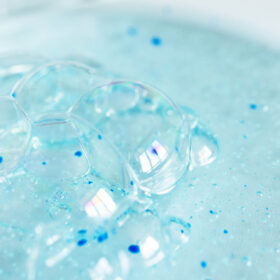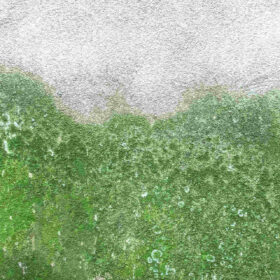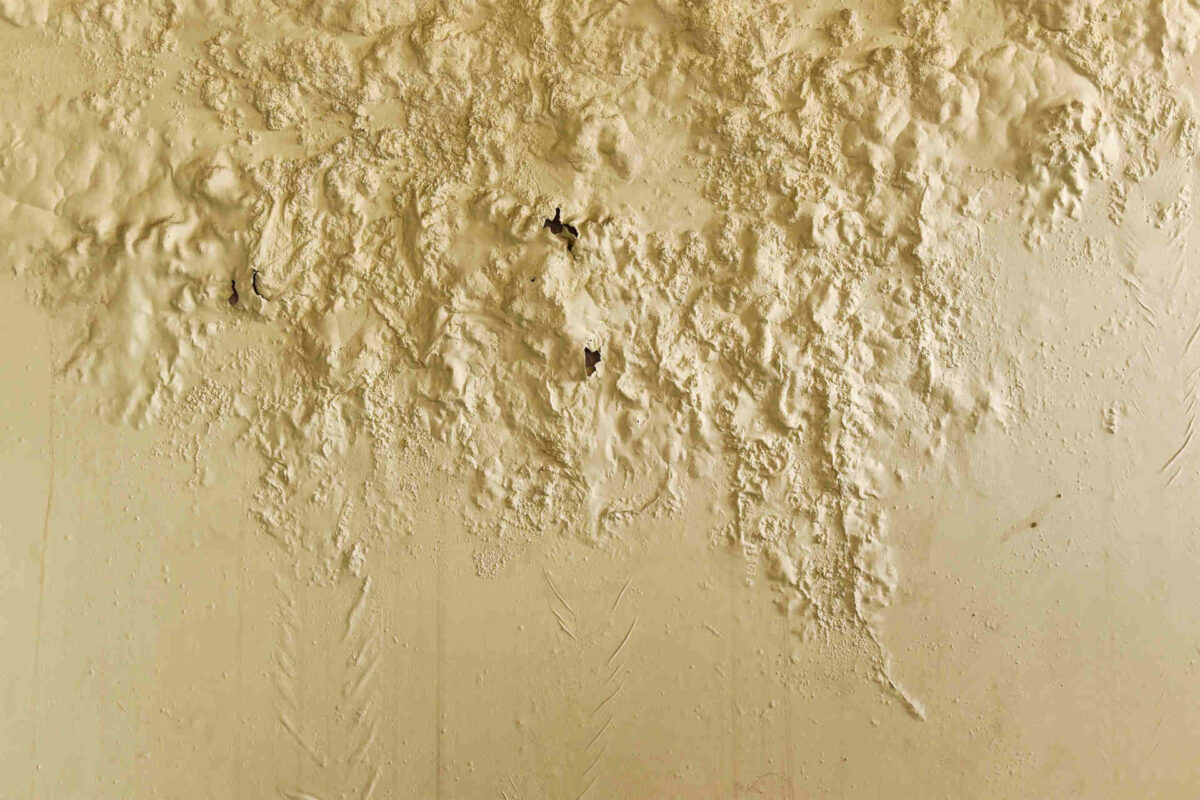Home infiltrations: an enemy not to be underestimated
Condensation on the walls, black stains, saltpeter deposits on the ceiling, damaged paint, raised parquet: the aesthetic effects of ainfiltration of humidity into the house they are often very obvious. What's worse, however, is that humidity, over time, can become a serious problem: in addition to creating a unhealthy environment for the inhabitants of the house, an ignored water infiltration can also lead to structural problems in the affected walls, forcing decidedly demanding restoration work.
Damp stains in the home: the causes and how to recognize them
Identify the cause of the infiltration it is always the first move to make when they appear stains on the walls or other traces of humidity at home: the solution to the problem, in fact, always inevitably involves eliminating the triggering cause.
Some of the most common causes of damp stains on the walls I'm:
- la broken pipes: when the drain of a sink, a downpipe, a water or heating pipe breaks, humidity infiltrations can be created which can quickly reach the surface of floors and internal walls. In this case the stain is particularly persistent, and tends to get worse with the use of water in the house;
- le rainwater infiltrations: rainwater can also find its way into the house. It can happen because of cracks and fissures on external walls, terraces, from roofs or floors that are not well sealed or from coverings and sheathings that have lost their properties water-repellent characteristics. It mainly affects attics and can be recognized by the typical formation of saline efflorescence on the affected walls;
- therising humidity: it is among the most insidious, and particularly concerns basement and ground floor rooms. It occurs when the walls, in direct contact with the ground, absorb thewater from underground – as if they were sponges. It is recognized quite easily because the stain starts from the floor and extends upwards, and can cause significant damage: from the formation of mold to the flaking of the plaster;
- thehumidity from condensation: It is the most common cause of black spots and mold on the walls. It forms when the warm, humid air of the home comes into contact with cold walls, glass and floors. It can be caused by defects in the insulation of the masonry but also by aexcessive humidity and from poor ventilation of internal environments. It can be recognized because it can concentrate on the corners and change from one day to the next: the formation of stains and glazes on the walls is in fact influenced by various factors, including the external temperature and the use of the rooms.
Humidity from infiltration into the home: why not underestimate it
Apart from the unfortunate case of a broken pipe (one's own or someone else's), the infiltration of water into the house largely depends on the state of the masonry. Water and humidity enter where there has been none correct waterproofing of the wall structures, or in the case of damage to the insulation system.
The problem, however, may not end with one Unsightly stain on the ceiling: the formation of mold and efflorescence in the home can give rise to asthma and respiratory allergies, and increase the chances of the presence of mites at home, which in turn causes the same pathologies. In addition to mold mycotoxins, the possible effects of molds must also be considered toxic emissions of paints and building materials undergoing chemical degradation.
Then there are the effects on walls and floors: stains, swelling, pieces of plaster that come off, tiles that jump are not the only ones damage caused by humidity. When left untreated for a long time, infiltrations can lead to deterioration of the masonry or even of the reinforcements of a building, putting its structural stability at risk.
How to prevent infiltrations and humidity in the home
Working on the causes that cause infiltrations does not always mean working on walls or repairing pipes: when the problem is there condensation, some measures can be decisive in the fight against humidity.
Air out bathing after a shower and creating air currents that refresh the rooms are precious habits for the health of the walls most exposed to humidity. To reduce the humidity level in the home, it is also a good idea to turn on the hood when cooking and avoid hanging out the laundry in the home, perhaps with the help of the use of dehumidifiers and air conditioners.
The decisive move, however, when it comes to preventing infiltration and humidity, is protection of walls: good waterproofing of external walls, we have seen, can prevent rainwater infiltrations and humidity from condensation. To have water-proof walls, no invasive or expensive interventions are necessary. Very often it is enough to perform a good one maintenance of the external walls: the application of Byosil of New Chemical Prevention every 3-4 years on walls and every 2-3 years on external floors, it provides strong protection against water to all highly porous building materials, avoiding the migration of unsightly and harmful efflorescence to the surface. For the protection of terraces instead intervene with Impretex MK-65 of New Chemical Prevention.


